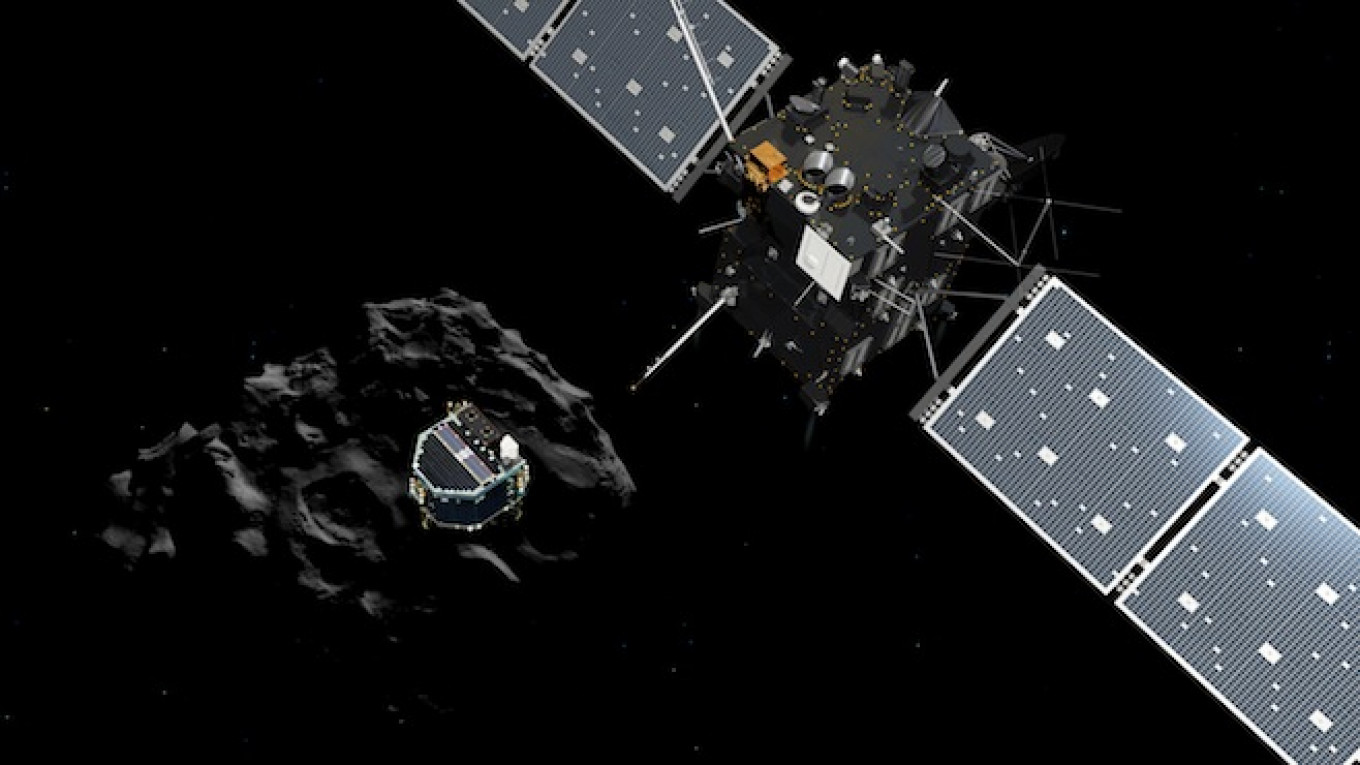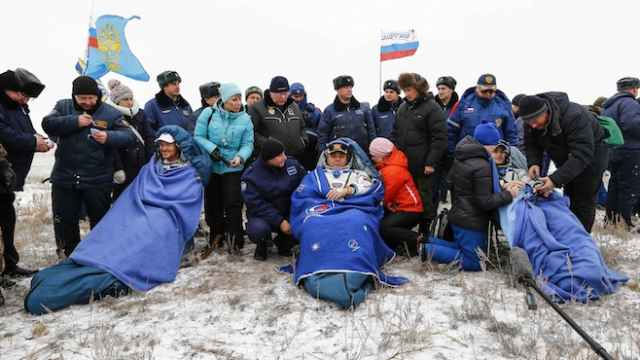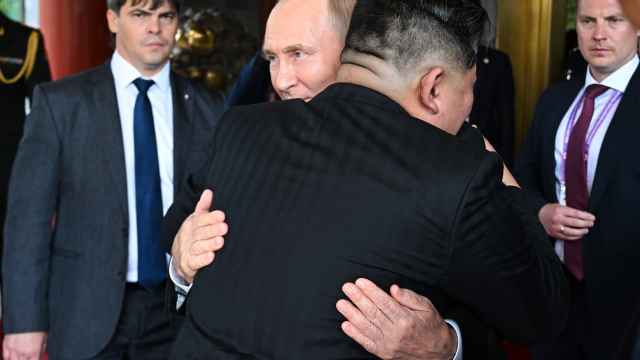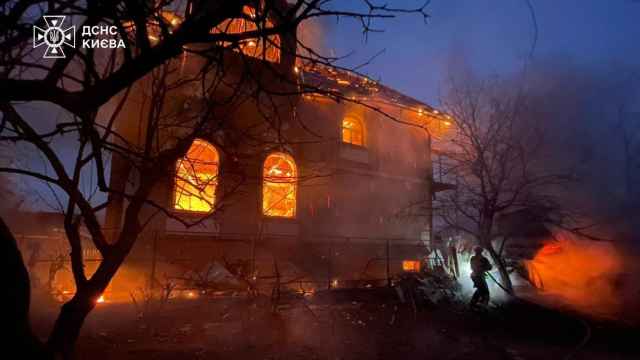European scientists will on Wednesday make the first-ever attempt to land a probe on the surface of a comet, discovered by Soviet scientists in the 1960s, in the most nail-biting stage of a ten-year mission to find out more about these time capsules of the universe.
The European Space Agency early Wednesday gave the final go-ahead for the Rosetta spacecraft, which has been orbiting comet 67P/Churyumov-Gerasimenko since August, to jettison a lander to collect samples from the surface.
See the Photo Gallery: The Last 3 Months of Rosetta's Journey to the Comet
Scientists are hoping that the comet, which was discovered by Soviet scientists Klim Churyumov and Svetlana Gerasimenko, will give insight into how Earth and other planets formed. Comets are remnants of the formation of the 4.6-billion-year-old solar system, and scientists believe they may have brought much of the water in today's oceans.
A problem with the thruster that was due to help stop the lander from bouncing back off the comet's surface means it may rely solely on its harpoons to anchor it to the surface.
"There were various problems with the preparation activities overnight but we have decided to go. Rosetta is lined up for separation," said Paolo Ferri, ESA's head of mission operations.
The team must make sure to release the three-legged lander, named Philae, at exactly the right time and speed because they have no way of controlling it on its seven-hour descent.
Separation of Philae from Rosetta is due to be confirmed on Earth at around 9 a.m. GMT, with news of the landing due at 4 p.m. GMT.
Engineers designed the lander not knowing what type of terrain they would find on the comet's surface. Rosetta has been taking pictures of the comet and collecting samples from its atmosphere as it approaches the sun, showing it is not as smooth as initially hoped, making landing tricky.
The surface is also more dusty and porous than expected and the comet gives off gases with a sulphuric, rotten-egg smell.
The probe needs to land somewhere not too dusty or dark, so that light can reach its solar panels and power its instruments once its batteries run out after two and a half days.
If it does manage a smooth touchdown, it will complement studies already under way by Rosetta.
Philae includes experiments to test a molecule's symmetrical construction, or chirality. Amino acids on Earth are "left-handed," while DNA and RNA are "right-handed." Scientists are curious how the comet's samples compare.
A Message from The Moscow Times:
Dear readers,
We are facing unprecedented challenges. Russia's Prosecutor General's Office has designated The Moscow Times as an "undesirable" organization, criminalizing our work and putting our staff at risk of prosecution. This follows our earlier unjust labeling as a "foreign agent."
These actions are direct attempts to silence independent journalism in Russia. The authorities claim our work "discredits the decisions of the Russian leadership." We see things differently: we strive to provide accurate, unbiased reporting on Russia.
We, the journalists of The Moscow Times, refuse to be silenced. But to continue our work, we need your help.
Your support, no matter how small, makes a world of difference. If you can, please support us monthly starting from just $2. It's quick to set up, and every contribution makes a significant impact.
By supporting The Moscow Times, you're defending open, independent journalism in the face of repression. Thank you for standing with us.
Remind me later.






